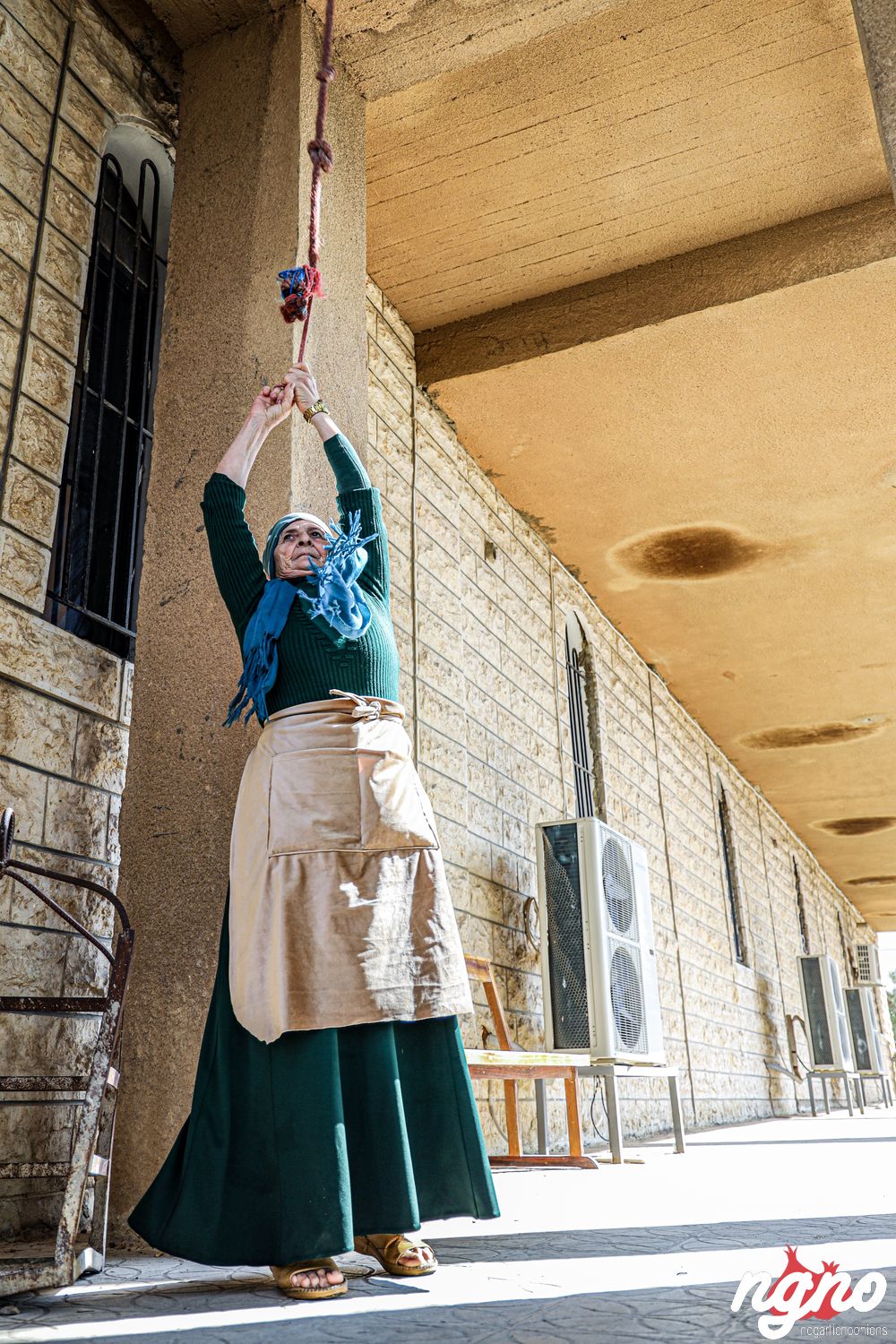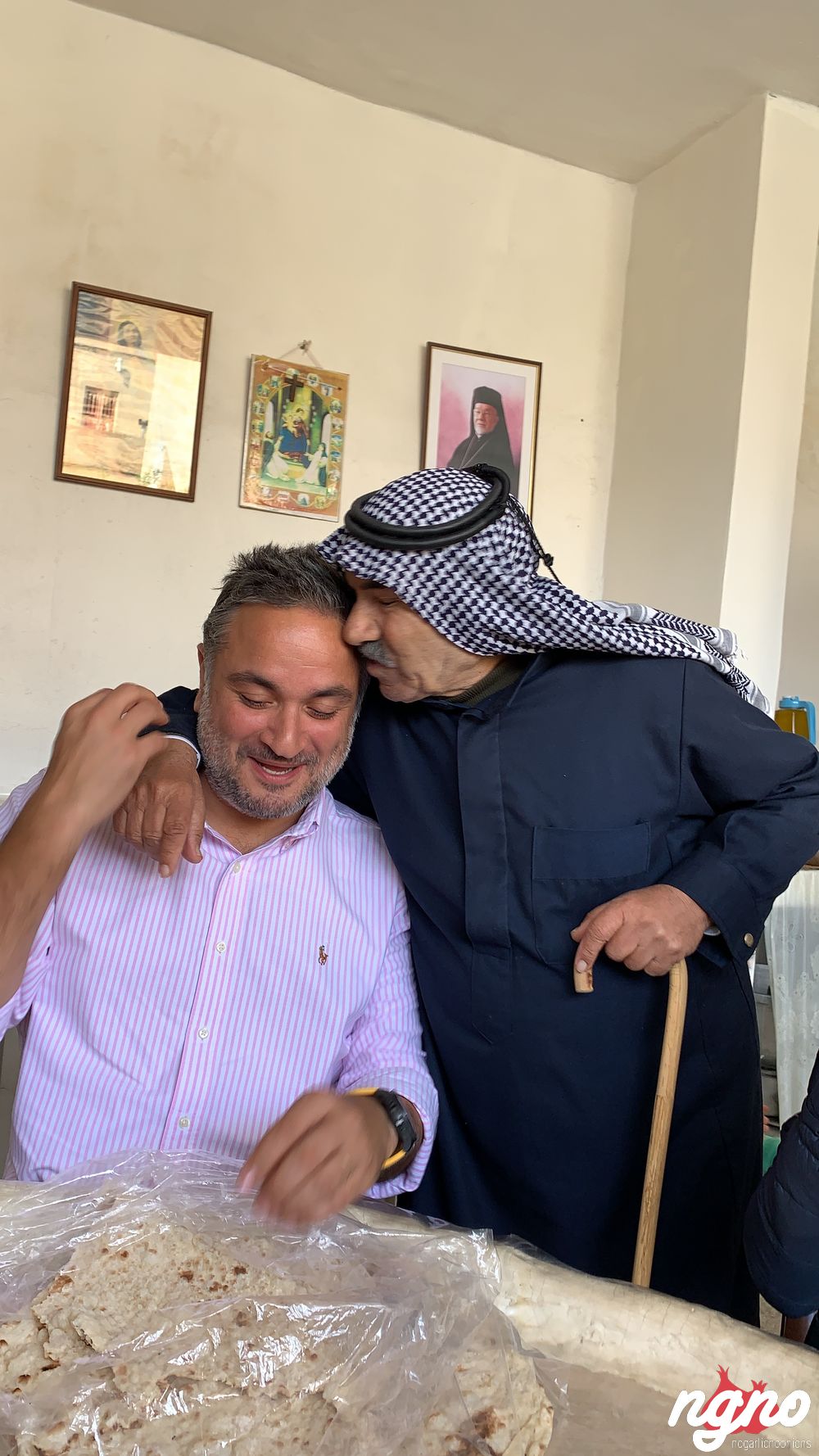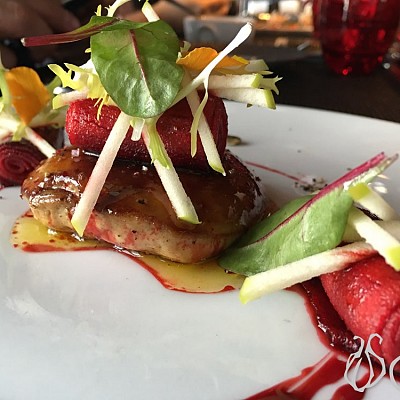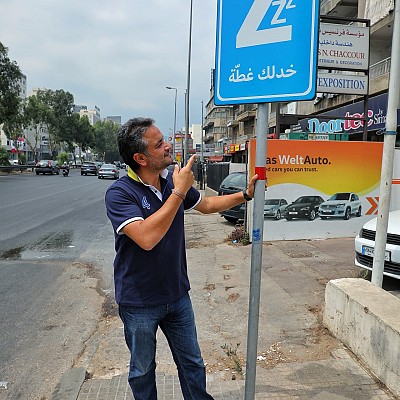Qaa, El Qaa, Al Qaa or Masharih al-Qaa is a town in Baalbek-Hermel Governorate, Lebanon. It has a mainly Greek Catholic population. The village has been the target of attacks from the Syrian government and anti-government forces.
(Wikipedia) Along with Maqne, Qaa is a type of site of the Shepherd Neolithic industry. The site is located 8 km northwest of the town, north of a path leading from Qaa to Hermel. It was discovered by M. Billaux and the materials recovered were documented by Henri Fleisch in 1966. The area was lightly cultivated with a thin soil covering the conglomerates. The flints were divided into three groups of a reddish-brown, light brown and one that was mostly chocolate and grey colored with a radiant "desert shine".

The Shepherd Neolithic industry can be defined firstly by being small and thick in size, with flakes commonly ranging from 2.5 centimeters to 4 centimeters, the thickness distinguishing them from geometric microliths. Their second characteristic is the limited number of forms that the tools take, apart from cores being transverse racloirs on small flakes, strong-pointed borers, denticulated or notched thick, short blades and end-scrapers. It was thirdly characterized by a lack of known typology, with only occasional use of Levallois technique. It was determined to be definitely later than the Mesolithic but without any usual forms from the Upper Paleolithic or pottery Neolithic. Henri Fleisch tentatively suggested the industry to be Epipaleolithic and suggested it may have been used by nomadic shepherds. The Shepherd Neolithic has largely been ignored and understudied following the outbreak of the Lebanese civil war.








































































































































































